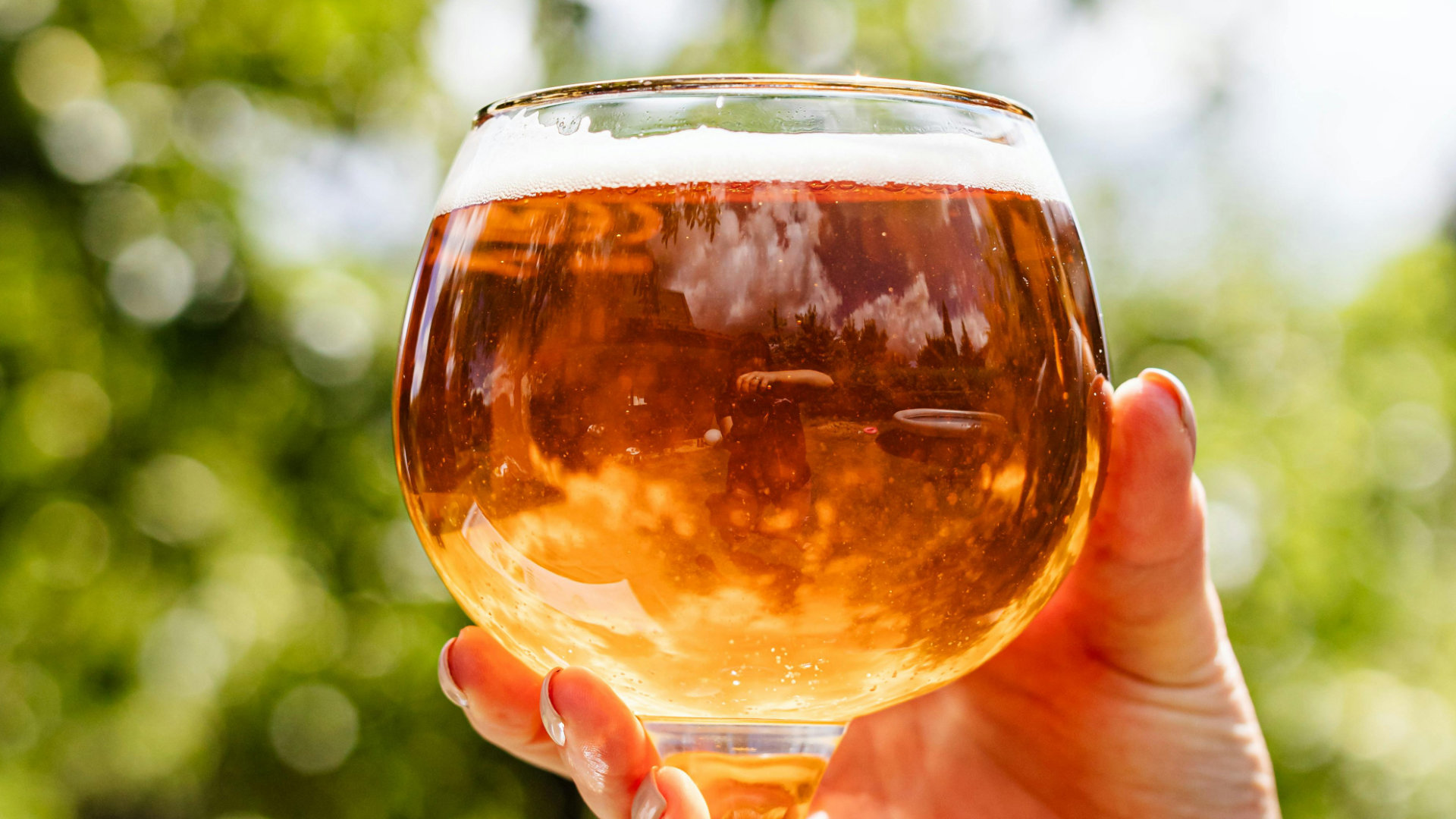Scandinavia has a long and rich history of brewing. You might imagine that it was the invention of those bad ass guys and gals - the beer swilling Vikings - but Swedish archaeologists have discovered evidence of beer brewing in Uppåkra, southern Sweden, between the fifth and seventh centuries - hundreds of years before the Viking Age (approx 800 to 1050 A.D.) Indeed, new biomolecular archaeological evidence points to a long-lived Nordic tradition of grog dated to circa 1500 -1300 BC thanks to finds in Northwest Denmark. Grog is a kind of hybrid of beer, mead and fruit wine made from ingredients which could include honey, bog cranberry, lingonberry, bog myrtle, yarrow, juniper, birch tree resin, and wheat, barley and/or rye. And sometimes even imported grape wine.
You’ll notice the distinct lack of hops in grog. The first documented use of hops in brewing wasn’t until 822 A.D., in Northern France and they didn’t arrive into Sweden, for example, until 1143 A.D. Instead, additions such as herbs were used for flavour and even for their nutritional properties. Rosemary beer was considered to ‘strengthen the main internal organs such as the heart and the brain as well as fortifying the wind’. Balm beer was a tonic against melancholy; juniper beer was said to prevent kidney stones; and wormwood beer was thought to strengthen the stomach and prevent intoxication.
In addition to the above botanicals, ancient Scandinavians used spruce tips in their brewing up until the late 1800s. As well as being found in abundance in Scandinavia, spruce adds delightful characteristics of pine and citrus to a brew - far from tasting like toilet cleaner as you might fear.
You can find a handful of commercial brews made with spruce these days. We tried Scandinavian Spruce’s award-winning Spruce Lager (5% ABV). It’s brewed close to where we were staying in Skåne, Southern Sweden, in December so it felt extra cool to sample a local brew made from Christmas trees, in front of our Christmas tree! Crafted from Pilsner malt plus Cascade and Saaz hops it’s a refreshing unfiltered lager, light/medium bodied with subtle pine and citrus notes. Though it would have been interesting to taste the results if they’d amped up the spruce a bit.
There are some tree-inspired UK brews too. Try Spruce’d Up from Beer Brothers or Alba Scottish Pine Ale brewed by Scotland-based Williams Bros. Brewing.
And, of course, you can make your own (recipe on next page). I’ll definitely be out this spring foraging for spruce sprigs to brew up.
Spruce’d Up (4.6%)
Beer Brothers
500 ml £2.50
A dynamic, deep golden, pale ale. Cascade hops and Norwegian Spruce tips give this a delightful but unique flavour. Notes of crisp pine and hints of ginger make this an exciting and flavoursome break from the norm.
beerbrothers.co.uk
Alba, Scottish Pine Ale (7.5%)
Williams Bros. Brewing
330 ml £1.75
A traditional Highland recipe, popular in Northern Scotland until the end of the 19th Century. This “Triple†style ale is spiced with sprigs of spruce and pine, harvested in the spring and brewed with only a small token handful of hops.
williamsbrosbrew.com











